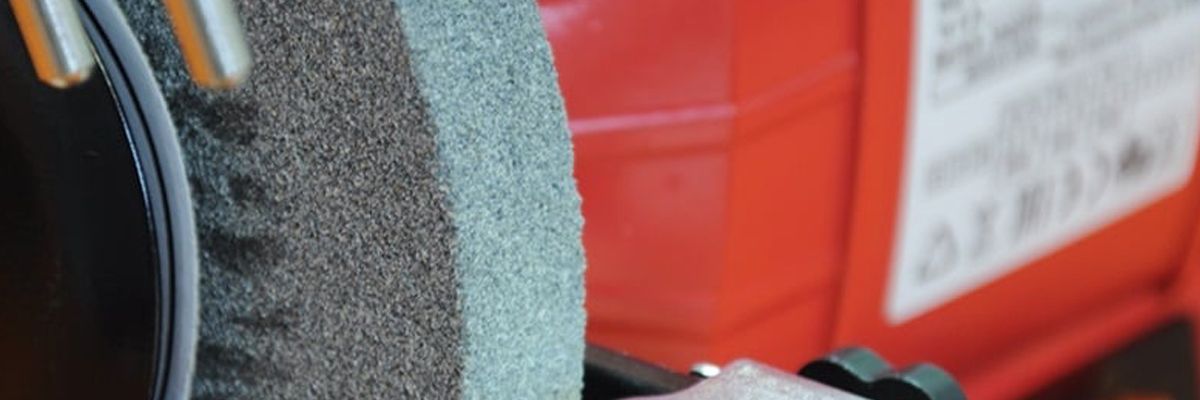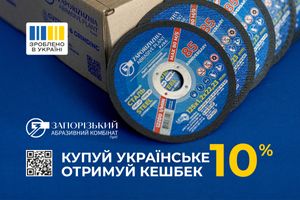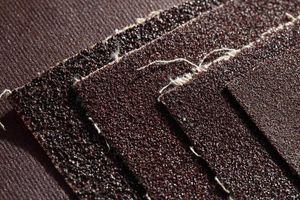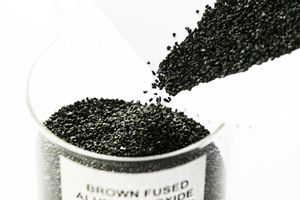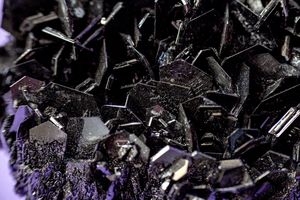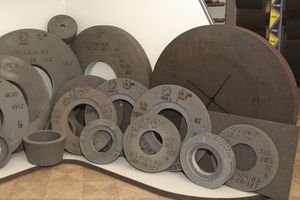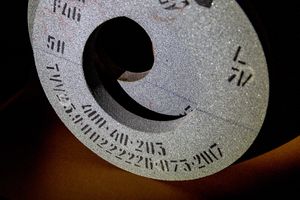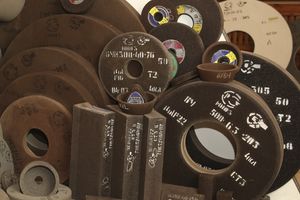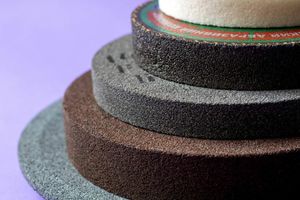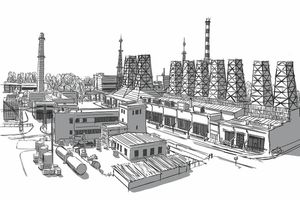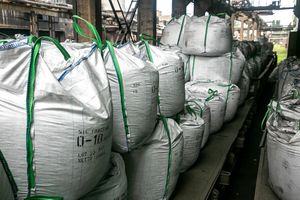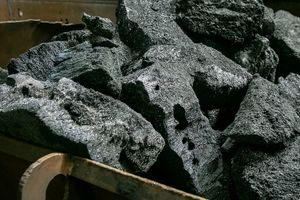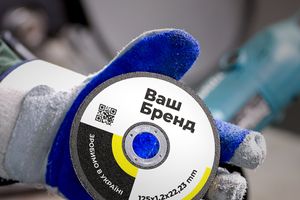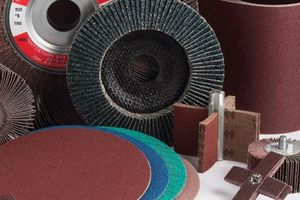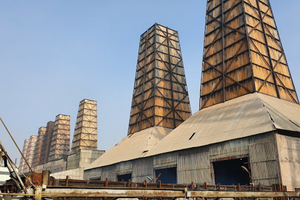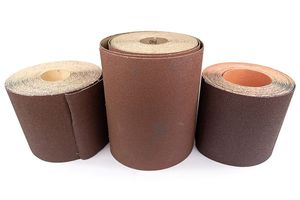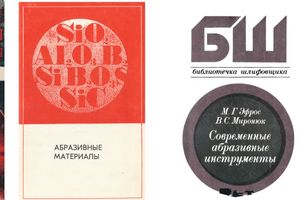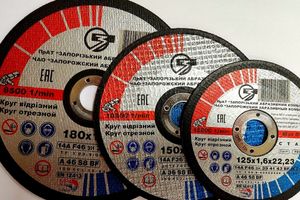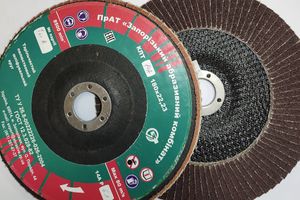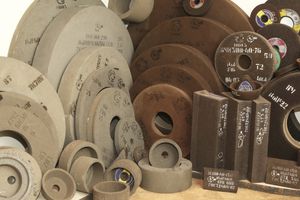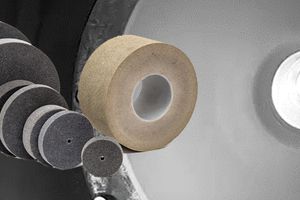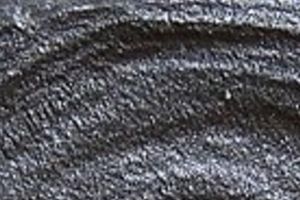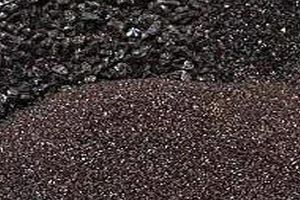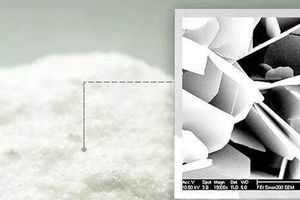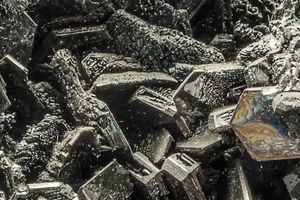Ceramic and Bakelite bonded grinding wheels are used for various material processing tasks due to their specific properties. Let's take a closer look at each type.
Ceramic bond
Ceramic bond for grinding wheels is made of clay or other inorganic materials. The ceramic bond is hard, porous and heat-resistant, which makes it suitable for grinding at high temperatures and high pressure.
Advantages:
Shape stability: Does not deform at high temperatures and keeps its shape during operation.
High precision: Suitable for precision grinding where minimal change in shape is important.
Good heat dissipation: The porous structure allows efficient heat dissipation and minimizes overheating of the part.
Disadvantages:
Fragility: Can be brittle and break under excessive stress or improper storage.
High cost: Often more expensive due to the complexity of production and materials.
Application:
High-precision grinding of various metals.
Processing of hard alloys and ceramics.
Production of cutting tools.
Bakelite connection
Bakelite bond is used for grinding wheels, which are made on the basis of synthetic resins. It provides greater flexibility and impact resistance, compared to a ceramic bond.
Advantages:
Flexibility and impact resistance: Less fragile, which makes it more resistant to mechanical damage.
High Speed Capability: Well suited for applications where high rotational speed is required.
Low cost: Usually cheaper to manufacture, which can lower the cost of the finished product.
Disadvantages:
Less accurate: May be less accurate due to greater flexibility, which can cause shape changes.
Limited heat resistance: May not tolerate very high temperatures well, which may limit applications.
Application:
Rough grinding and cutting.
Processing of parts where high precision is not required.
Production of tools for processing wood and soft metals.
Choosing between ceramic or bakelite bond grinding wheels depends on specific machining requirements such as precision, heat resistance, rotational speed and budget.
For tasks that require high precision and shape stability, circles on a ceramic bond are better suited. For coarser grinding or work with materials where high flexibility and impact resistance is required, it is better to use wheels on a bakelite bond.
